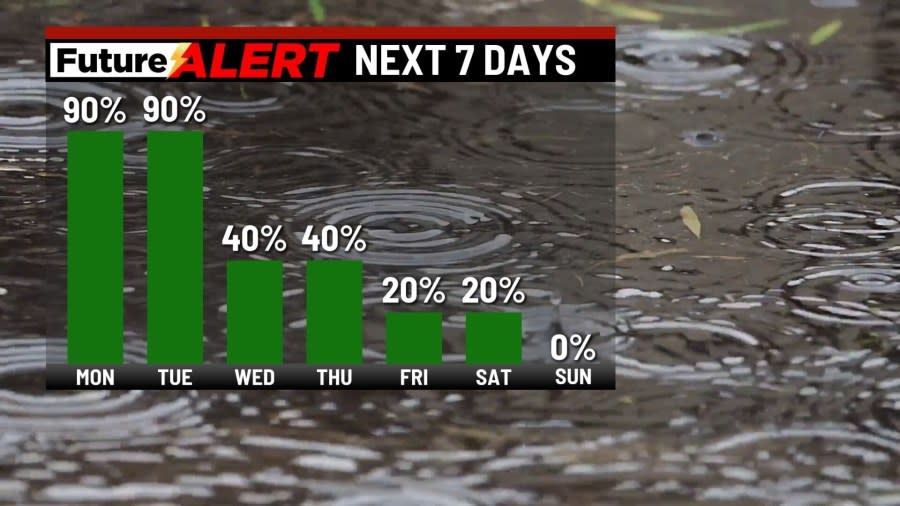How to Respond to a Flood Warning: Safety Tips and Latest Updates

Severe weather events are becoming more common, making flood warnings a critical concern for residents across the country. When a flood warning is issued in your area, acting quickly and following expert guidance can make all the difference. In this article, we'll explain what a flood warning means, how to stay safe, and where to find reliable updates.
What Is a Flood Warning?
A flood warning is an official alert from the National Weather Service or local authorities. It indicates flooding is either imminent or already happening in your area. These warnings are typically based on weather radar, rainfall data, and ground observations. Flash floods can occur with little warning and may impact both urban and rural locations. Staying informed is essential to ensuring your safety.
Recent Flood Warnings: Local Examples
Across Pennsylvania, recent heavy rains have led to multiple flood warnings. For example, parts of Adams, Cumberland, and Franklin counties received flash flood warnings due to thunderstorms dropping up to two inches of rain. Flooding affected roads, creeks, and low-lying spots, prompting officials to urge drivers to avoid flooded roadways. Another update affected Lackawanna, Susquehanna, and Wayne counties, where residents were told to stay alert and take proper precautions as flooding risk increased quickly after heavy downpours.
How to Stay Safe During a Flood Warning
- Monitor Official Alerts: Keep tuned to local news, NOAA Weather Radio, or weather apps for the latest flood warning updates. Interactive radar tools can help you track storms in real time.
- Never Drive Through Flooded Roads: Most flood-related fatalities occur in vehicles. If you encounter a flooded road, turn around and find another way. It only takes a small amount of moving water to sweep a car away.
- Move to Higher Ground: If you are in a flood-prone area, get to higher ground as soon as possible. Prepare an emergency kit with water, food, important documents, and other essentials.
- Stay Away From Streams and Creeks: Rising water can quickly become dangerous, especially after heavy rainfall.
Why Heavy Rain Often Leads to Flooding
Severe weather systems can bring sustained heavy rainfall. According to recent forecasts, prolonged rain can worsen drought in some regions but also raises the risk of flash floods, even in previously dry areas. When the ground is saturated, additional rain runs off quickly, flooding streams and low-lying locations faster than usual.
Where to Get Reliable Flood Information
Always rely on trusted weather sources and official agencies. Regularly check for flood warnings and updates from:
- The National Weather Service
- Your local emergency management office
- Credible news outlets (see latest updates)
Conclusion: Stay Prepared and Informed
Flood warnings are issued to protect you and your community. Take each warning seriously, act quickly, and monitor local alerts. With the right preparation and attention, you can keep yourself and your loved ones safe when flooding threatens your area.